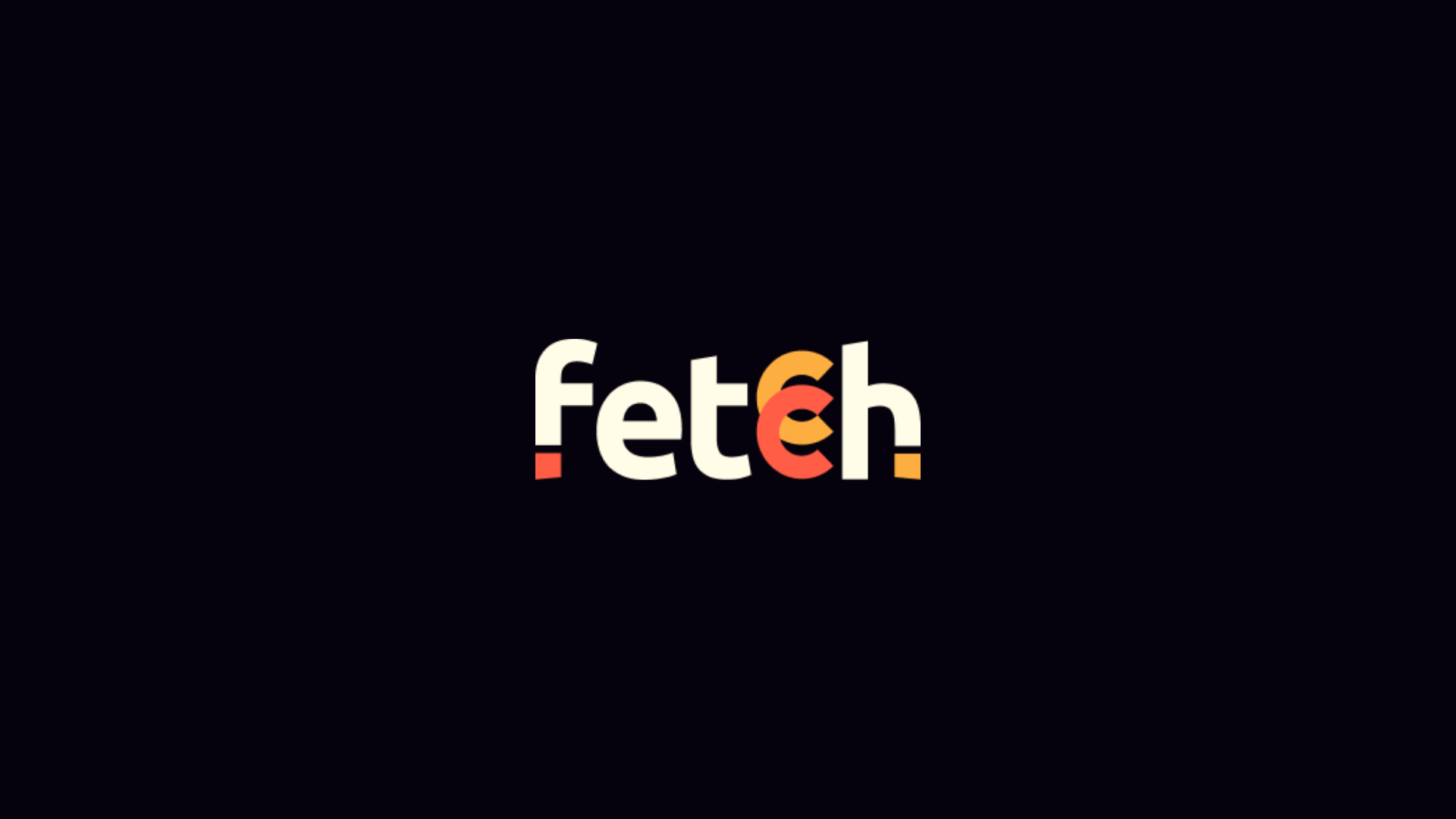
Throughout human history, our society has relied on various forms of payments to facilitate trade and exchange - from humble bartering to the sophistication of primitive currencies, coins, and paper money. As the 20th century unfolded, the advent of banking systems and checks added efficiency and structure to financial dealings, while credit cards, electronic payments, and online banking revolutionized our transactional landscape, bringing newfound convenience into our lives.
However, the rise of centralized payment systems also brought concerns over privacy, security, and control, creating the need for a decentralized alternative that could empower individuals in the realm of finance.
In response to these concerns, an innovation was born from the core principle of decentralization - cryptocurrencies emerged, like Bitcoin and Ethereum, offering secure, transparent, and peer-to-peer transactions, untethered from traditional financial institutions.
But as the world of Web2 progressed, payment gateways and point-of-sale transactions became seamless and prevalent, thanks to pull payments or payment requests. However, with the advent of Web3 and blockchain technology, the payment landscape has been plagued by various challenges, deterring mainstream adoption. Complex wallet addresses, varying from one blockchain to another, have hindered the seamless transfer of assets and led to user confusion. Additionally, cross-chain transactions have been difficult, risky, and required users to navigate unfamiliar processes.
To address these challenges, there was a growing need for user-friendly solutions that streamline Web3 transactions and with this idea fetch was born.
Introducing Fetcch: Web3 Payments Middleware Layer#
Fetcch is a payments middleware layer is dedicated to abstracting all transaction complexities and providing a seamless payment experience.The core mission of Fetcch is to make blockchain transaction complexities invisible, ultimately building a decentralized and unified payment infrastructure for all payment applications.
At Fetcch, we are building the Fetcch API to superpower wallets, enabling them to receive payment requests and process wallet transactions with one-click payments. This eliminates the hassle of managing wallet addresses across different chains and seamlessly connects wallets regardless of the chain they operate on. The goal is to make sending payments in Web3 as easy as sending a text message
The Fetcch Product Suite:#
Universal Transactional Identities
Fetcch's Universal Transactional Identities enable wallets to convert wallet usernames into interoperable transactional identities. When a new wallet is created, a unique identity is minted, combining all wallet addresses into a single username@wallet format. For example, "deep@gnosis", "mandar@metamask", etc. This network abstraction eliminates the need for multiple wallet addresses and simplifies cross-chain transactions. It offers users a chain-agnostic, user-owned, and wallet-branded identity that functions across all wallets and applications. With Fetcch's Universal Transactional Identities, users can send and receive payment requests effortlessly.
Fetcch Block
Fetcch Block is a bridgeless and gasless cross-chain settlement method that powers lightning-fast cross-chain transactions in the FPCN back office. Utilizing the Arbitrary message passing layer, such as Layerzero and Axelar, Fetcch Block enables transactions from any token to any token, ensuring a seamless and efficient payment experience. With Fetcch Block, gas fees are eliminated, and users can complete cross-chain transactions 10 times faster than other options.
Fetcch Pull
Fetcch Pull enables the Web3 payment landscape by enabling wallets and applications to send chain-agnostic transaction requests directly to the user's end-point. This payment request feature brings back the ease of use seen in Web2 payment gateways and Point of Sale transactions, promoting better user experience and increased transaction volume. Fetcch Pull is geared towards payment gateways, wallets, exchanges, commerce websites, crypto banking, and on-ramp/off-ramp services.
Conclusion:#
The evolution of Web3 payments has been quite challenging, and we have faced complexities that hindered mass adoption. However, with Fetcch, our innovative payments middleware layer, we have made great strides towards achieving a seamless payment experience that is now within reach. Utilizing account abstraction, Fetcch simplifies all transaction complexities, unifying web3 payment infrastructure and providing users like you with a gasless, one-click transaction process.
As we look forward to the future of Web3 with the ambition of serving one billion users, Fetcch emerges as the catalyst that makes blockchain transaction complexities invisible, paving the way for a decentralized and connected financial ecosystem. We are thrilled to be part of this transformative journey and to contribute to the growth of a more inclusive and efficient financial landscape on web3a.